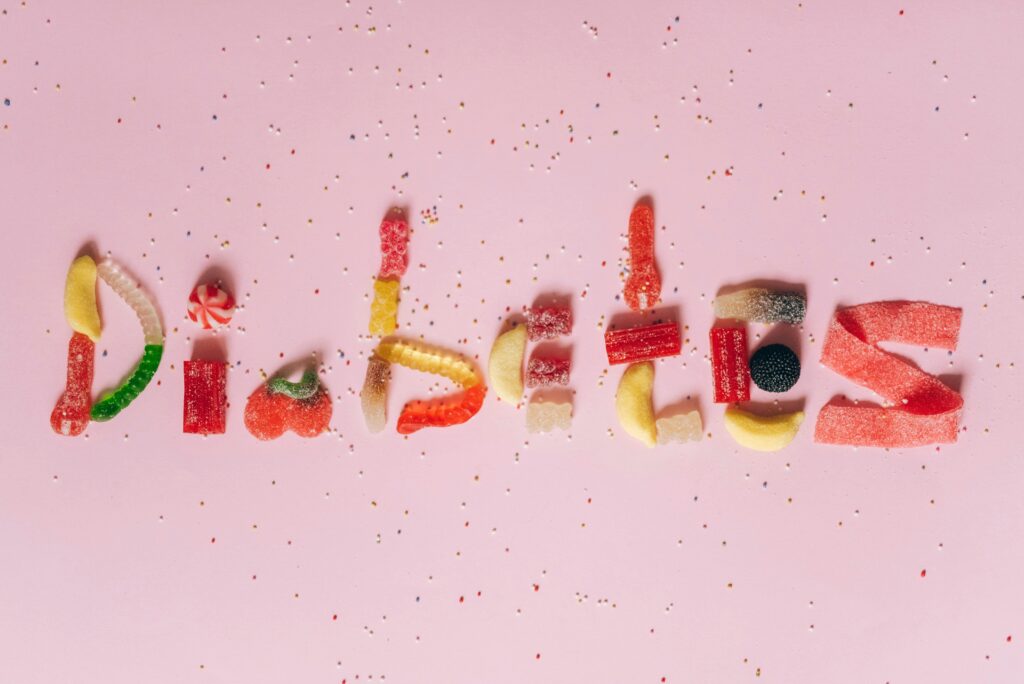Sick Day Rules for Patients with Type 1 Diabetes Mellitus
Insulin Pump Patient
When you are sick you may notice that your blood sugars are higher than usual. This is usually a result of your body producing stress hormones to compensate for your illness. You may also experience low blood sugar, perhaps due to decreased appetite or sometimes nausea and vomiting. Having a plan for when you are sick will help you prevent drastic changes in your blood glucose. Here are some general guidelines.
- If you are taking insulin, generally you should continue the dose and expect increased medication requirements during illness.
- Typically, a 10-25% increase in basal therapy is needed. Do not stop taking basal insulin even if you can not eat. Do not increase your basal rate by more than 20% without consulting with your healthcare provider. If decreasing your basal rate, do not use a temporary rate of “off” for more than 1 hour. As blood glucose improves, you may decrease down to your pre-illness dose.
- If you are wearing an insulin pump, and experience hyperglycemia that does not improve with correction dose of insulin given through the insulin pump, you should assume that body may not be getting insulin, try changing the pump site. It is important to remember if the insulin delivery is interrupted, it is not necessary that the insulin pump will indicate that (by alarms etc). Particularly if increased blood glucose levels are associated with persistent nausea or increased respiratory rate or increased thirst and urination, you may be developing diabetic ketoacidosis. You should change your insulin pump site immediately and take a correction dose of insulin subcutaneously through syringes or insulin pump.
CAUTION: Severe complications can occur when you are sick and have a history of diabetes
- Diabetic Ketoacidosis: This is a complication typically seen in DM I and may occur in some DM II patients when they are severely ill or they are taking SGLT2-inhibitors, or if they are on 4 insulin injections per day.
- Signs and symptoms: excessive thirst, frequent urination, dizziness, shortness of breath, nausea, vomiting, leg cramps, confusion, drowsiness, abdominal pain, fruity odor of the breath, generalized aches. If you have any of these symptoms, check your blood glucose and check for ketones
Example: BG >240 with nausea or vomiting:
- Give blood glucose correction through infusion set and recheck BG in 1 hour; BG should drop to > 75-100 points. If BG has not dropped check for ketones.
- Negative Ketones: change the infusion site and give a correction thru the new infusion site. Recheck BG in 2 hours and give a correction dose as directed. Continue to check BG every 2 hours and give correction as directed until BG is in target range.
- Positive Ketones:
- Trace to small ketones: give the regular correction dose with a syringe or pen. Check BG every 2 hours and give the regular correction dose every 2 hours until BG <200 mg/dL and ketones are going down. Change the infusion set, reservoir and tubing or POD. Drink carbohydrate free beverages. If ketones increase and/or BG does not improve to target range call our office.
- Moderate to large ketones: give correction dose with a syringe or pen. Give the correction dose PLUS an extra 50% of the regular correction dose every 2 hours until BG <200mg/dL. Change the infusion set, reservoir, and tubing or POD. Drink carbohydrate free beverages. If ketones increase and/or BG does not improve to target range call our office. Continue to check BG every 2 hours, and give correction dose as directed until BG is in range and ketones are going down. If BG does not go down after two corrections call our office for further instructions and you may need to go to the Emergency Department for further intervention.
Contact our office if you are sick and you are pregnant with diabetes; if you’re your blood glucose is consistently above 250 mg/dL for more than 1-2 days; if your symptoms are getting worse such as persistent nausea, vomiting, or if dehydration occurs; if you cannot keep fluids down or if you have persistent diarrhea for several hours; if you have acute abdominal pain, nausea, vomiting, fevers; if you start getting dizzy or lightheaded or start to become confused or disoriented.
Items for Sick Days
If you are on medication for diabetes, especially insulin, make sure to have snacks on hand that will raise your blood sugar levels in case of hypoglycemia. These include:
- Juice boxes
- Fruit gummies
- Glucose tablets
- Raisins or other dried fruit
- Apple sauce
It is important to stay hydrated if you become sick; make sure to drink lots of water. It is also a good idea to keep a sugar-free drink like Powerade Zero around to keep fluid levels up without raising your blood sugar. Another good idea could be sugar free jello. Sip sugar-free liquids at least 100ml/hour.
Try to stay well-stocked with medical supplies for diabetes. It is hard to drive to get supplies when you are under the weather. Important items to keep on hand include:
- Blood sugar testing supplies (lancets, test strips, alcohol swabs, etc.)
- Batteries or charging cord for your glucometer or pump
- Ketone strips to test urine for ketones
- Insulin and syringes or pen needles
- A glucagon kit or other severe hypoglycemia medication
| GO TO THE EMERGENCY ROOM IF… |
| You can not keep blood glucose above 80 mg/dL Vomiting has continued for more than 8 hours You have large ketones and you are vomiting You notice signs of dehydration including little to no urination, no tears, a dry mouth, or dry skin You feel sleepy, you don’t have any energy or you are breathing heavily |
(Discuss your specific sick day plan with your physician as individual plans may differ from the general plan discussed here)
Post Disclaimer
We are not your healthcare provider, and your use of this website does not establish a patient-client relationship. All the information contained on this website is for informational purposes only. No material on this site is intended to be a substitute for professional medical advice (diagnosis, treatment, testing or nutritional information). Always seek the advice of your physician or qualified healthcare provider with any questions you may have regarding medical or health-related conditions or treatment. Your healthcare provider knows your condition or situation well and can give you specific advice which would be appropriate for your condition/situation. Your healthcare provider can also guide you more accurately about injection techniques, dietary interventions and the use of medical technology that is most pertinent and suitable for you. Please do not disregard professional medical advice or delay in seeking it because of something you may have read on this website.

